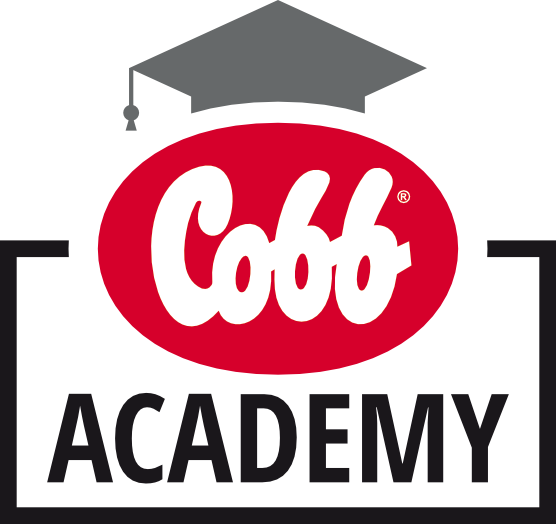To take advantage of the ever-increasing genetic potential of our broilers. It is more important than ever to give them the best environment in terms of temperature, ventilation, and feed and water management.
A clean environment where chicks can eat, drink and rest can be achieved by following a clear and comprehensive cleaning and disinfection program each time birds leave the farm regardless of whether the previous flock had any health issues. A late infection might not have harmed fully grown birds with a well-developed immune system and that were protected by the vaccination program, but the pathogens remaining in the environment could be much more dangerous for day-old chicks still building their immune system.
Simple Step-by-Step Program
The cleaning program must be simple, easy for everyone to understand and followed step by step. The different operations should be performed in the right sequence and in the right time without rushing the procedure.
After all birds have left the farm, apply insecticide to the litter, then remove it from the houses and take it at least one kilometer away from the farm. This step is when the most common mistake is made. Several times I have seen farms with multiple houses where litter is being removed from the last few houses while washing down has already been finished in other houses. This risks organic material recontamination of clean houses, reducing the effectiveness of your whole program.
Again, do not rush through the different steps. Scrupulously remove all organic material, then start washing the house and equipment. If any equipment cannot be cleaned with water, remove it and dry-clean it. The potential to use water to clean equipment must be one of the parameters for choosing which equipment to buy, like with lightbulbs.
It is also important to clean the outside of air inlets and curtains to avoid ventilation-contaminated dust being drawn inside when the system is started again. Apply a foam detergent and leave it for the specified time, then rinse with high pressure, working in one direction from top to bottom to avoid recontamination. It is also important to have the appropriate number of water outlets and drains.
The cleaning procedure must include all rooms in direct or indirect contact with the poultry houses, such as service rooms and storage facilities for dead birds. Feed bins and feeding lines are difficult to wash and disinfect. If this is not possible, fill them with feed or a feed ingredient, like maize mixed with a high-dosage disinfectant during the cleaning period, then empty them completely. Water lines must be filled with a cleaning solution and flushed thoroughly, then reinstall all equipment and start with the disinfection.
Choose the Correct Chemicals
There are several chemicals available for disinfection — choose whichever best fits your own situation. In general, the best results are achieved with liquid disinfectants followed by fumigation. In any case, follow the manufacturer’s specific instructions closely. The best disinfectant will not work if it needs a 20˚ C temperature to achieve the correct chemical reaction but is used during winter at 0˚ C, or if it needs to be used at a 5 % concentration but is diluted to 1%.
Organic matter interferes with the activity of many chemicals; therefore, it is very important that surfaces are clean before disinfecting. Remember that removing the litter and washing reduces 90% of microbiological load, while disinfection in general achieves only a 10% reduction.
Apply disinfectant with low-pressure water to ensure that it reaches all surfaces. Start from the end of the house and move toward the entrance, again to avoid any risk of recontamination.
After liquid disinfection has finished and all equipment has been reinstalled, it is time to fumigate. To be effective, use the right concentration (normally calculated in m³) at the correct temperature for the correct time, then ventilate the house to remove any chemical residue.
After litter placement, the house can be disinfected again, repeating fumigation. But be careful if using flammable products and always wear personal protective equipment (PPE). All people involved with the disinfection must be properly protected with masks, gloves, goggles and overalls according to the chemical’s safety guidelines. This is not only necessary for human welfare but will also ensure that all operations are performed in the right way.
Validation with Testing
To test if the procedure has been successful, take samples at the end of the process. Swabs must include all surfaces and equipment. The effectiveness is measured by total viable count (TVC) per cm², which represents the quantity of microorganisms on a surface. The aim is NOT to achieve sterilization but to reduce contamination to a minimum.
Floors must not exceed 1,000 TVC/cm² and all other surfaces must not exceed 100 TVC/cm². No salmonella should be isolated. If testing is out of compliance, assess the procedure and determine and correct errors. The most common reasons for failure are using the wrong disinfectant, poor application, poorly trained or equipped staff, insufficient time, and reinfecting the cleaned houses.
Conclusions
When a house is clean, keep it clean. Keep doors closed and put footbaths at every entrance with a boot change for everyone. Remember there is a direct correlation between cleaning and final performance. Create a precise program with detailed cleaning procedures based on the chemicals chosen. The aim is not to eliminate all microorganisms but to decrease them to a minimum.


